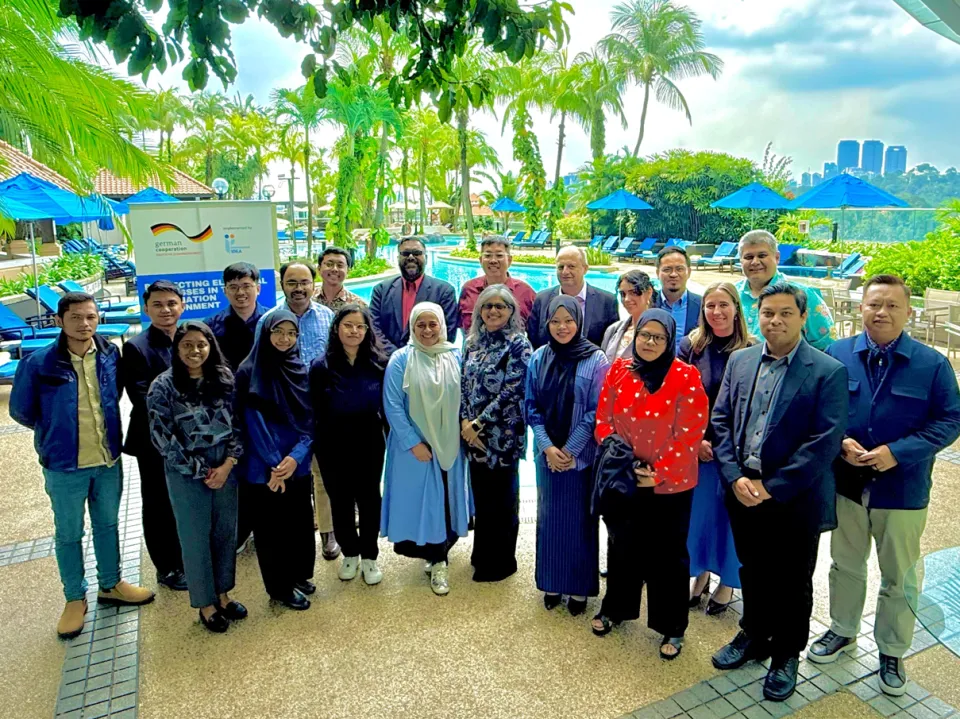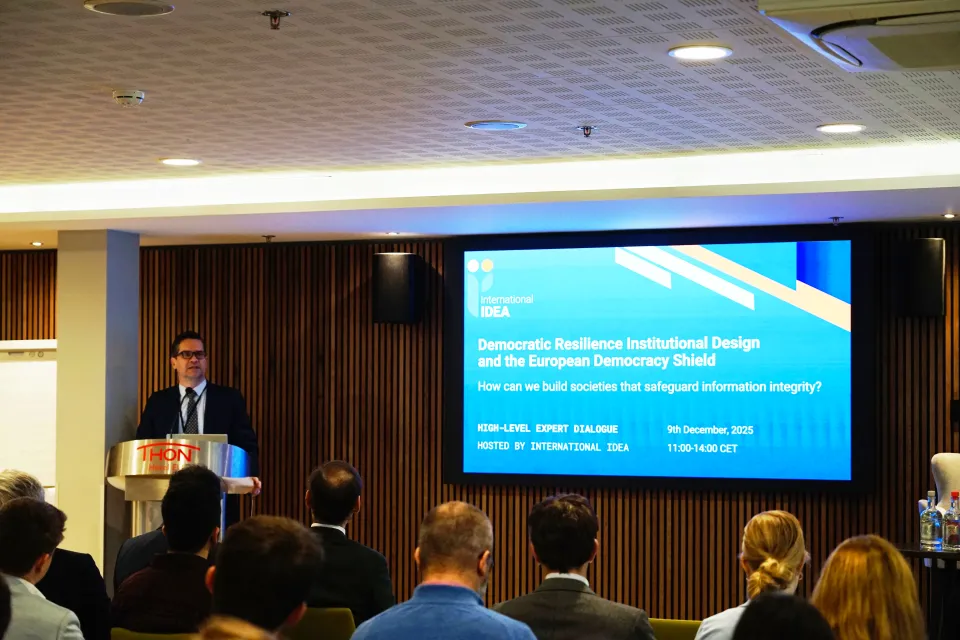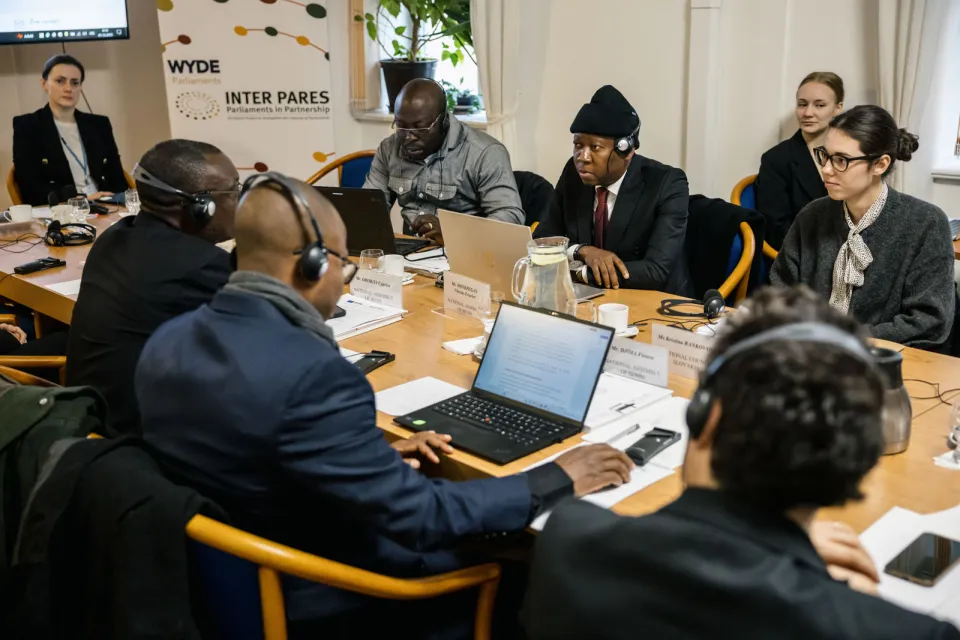

Democratic backsliding has emerged as one of the biggest challenges to democratic government today.
Democratic backsliding arises where a government which has come to power through competitive elections makes changes through legal means to distort core elements of constitutional democracy, tilting the electoral playing field to its own advantage and weakening constraints on centralised power.
Because it is incremental and done through legal means by a democratically elected government, democratic backsliding is difficult to observe and measure, and even more difficult to resist and reverse.
International IDEA’s 2023 Report Designing Resistance: Democratic Institutions and the Threat of Backsliding provided a systematic catalogue of the measures employed by governments to undermine democratic institutions. It also distilled lessons learned from cases of backsliding across the globe to inform recommendations for institutional design to resist the threat of backsliding.
While democratic backsliding is a world-wide phenomenon, it manifests in different ways in different contexts. Asia is a particularly challenging regional context for democratic backsliding. The notion of backsliding suggests a starting point of a certain level of democratic development, that is rolled back by an errant government. However, the region includes great diversity, ranging from long established democracies such as India and Sri Lanka; states that underwent democratic transition in the 1980s such as the Philippines, South Korea and Taiwan; and states that might be said to cycle through phases of improvement and deterioration, such as Thailand.
Not only are there different democratic starting points, backsliding itself takes particular forms and occurs at a different pace and intensity in each country. While many methods used to undermine democratic institutions resonate with experiences elsewhere in the world, there are some distinctive trends in Asia, including the co-option of parliamentary oppositions, the blurring of institutional boundaries through family ties and dynastic politics, the militarisation of governance, and lawfare and the abuse of laws regulating speech.
It is therefore timely to focus on the challenges to democracy in Asia. Examining the differences and similarities in the experiences across the region helps to identify the prominent strategies used by democratic backsliders, as well as potential measures to enhance the resilience of democratic institutions.
A workshop organised by International IDEA in Bangkok, Thailand on 12-13 November 2024 brought together over 30 experts from countries across Asia to better understand the drivers, forms and potential responses to democratic backsliding. Representatives of regional and country-based civil society organisations, political parties, scholars and journalists joined international experts in constitution building and democracy to interrogate the concept of democratic backsliding and its suitability for understanding democratic declines in the region. They explored common methods employed by democratic backsliders, and strategies for resistance and resilience.

Democratic backsliders often look to other countries to replicate methods of backsliding. Similarly, those who seek to resist democratic backsliding must also learn from each other, developing innovative strategies to bolster democratic resilience.
As one participant said: “We need to highlight that strongman rule mostly has not worked, and point to places like Japan or South Korea where there was a spurt of economic growth on the heels of democratisation—use that to help counter the narrative of ‘getting to Singapore.’"
The insights gained from the workshop will inform a new report, “Designing Resistance to Democratic Backsliding in Asia”, to be published by International IDEA in early 2025 with a view to holding country-level and sub-regional dialogues later in the year.





